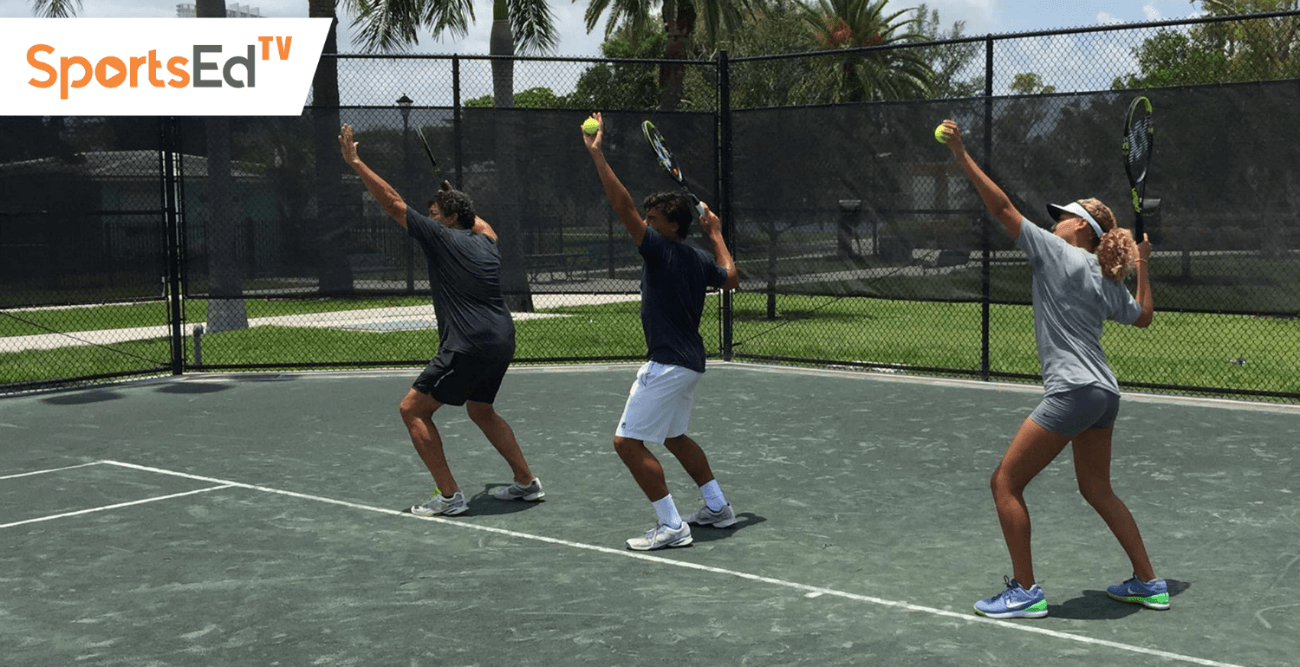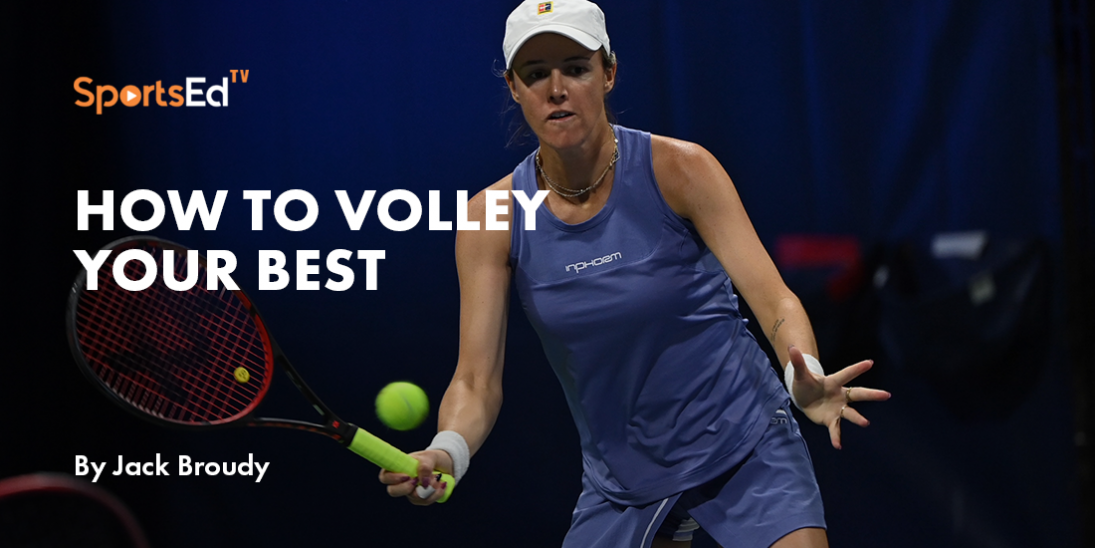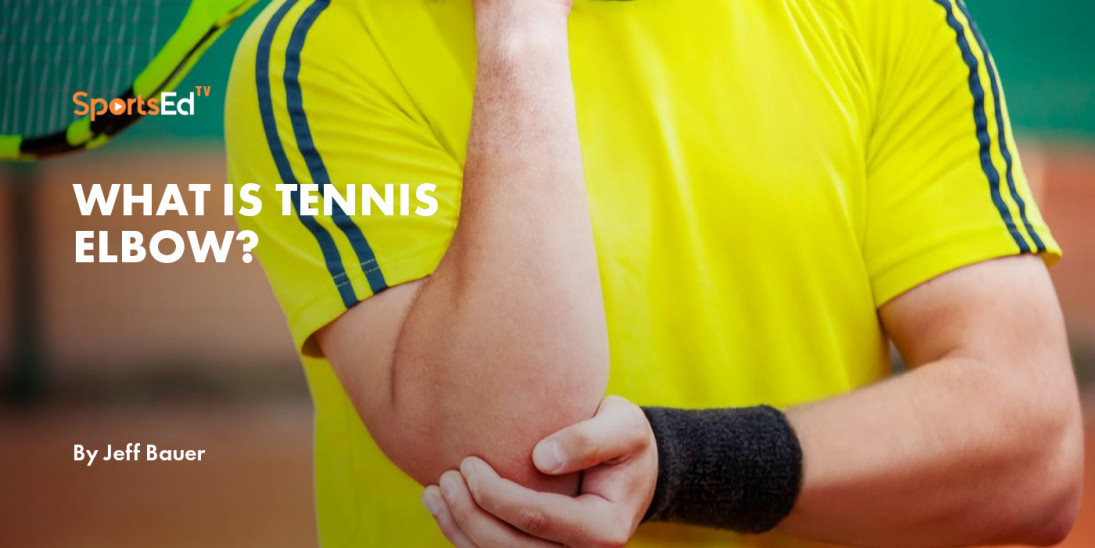Tennis
Welcome and thanks for visiting...

Transitioning to Rotational Power
When thinking about this topic I always go back to a memory that I have that sticks in my mind.
It was late 1990’s and I was playing with Rick Leach at the Australian Open. At that time we were a solid Top 8 doubles team and I was ranked in the Top 10 in the World.
We were on the practice court and we were hitting alongside two young Spanish singles players. I remember noticing the difference between our ball trajectories over the net.
Rick and I were low over the net with a straighter shape and the 2 Spaniards were much higher over the net with more of an arched shape. On a break, I started a conversation about the difference. I was quite surprised to hear that the feeling of admiration was on both sides. We both marveled at how consistently high our shapes were.
As the conversation continued it turned into a bit of “ show and tell “. I showed them how with my weight over the ball the trajectory of the ball is only possible to be low and flat. Not too remarkable.
They in turn showed me that by being more open and neutral in the body position that the shape of the ball was created by their body movement. An arched shape was the result. Equally, not too remarkable.
I tried one and they tried one, with success. We had a good laugh and moved on with the practice. What I learned that day was twofold.
One, you only know what you are taught but maybe, more importantly, two, that technique drives the shape of the ball.
I continued on with my career, doing what I know what to do but we all know what happened to the game and how it is now driven by so much ball rotation and incredible athleticism which is now referred to as shaping the ball made possible by using rotational power.
It was only after I had retired many years later that, with the help of my old coach John Eagleton, I revisited the concept.
Even though my role wasn’t stroke production I still wanted to understand what John was teaching the kids and asked him to show me.
We started to look at how those Spaniards hit the ball. By now those guys were Grand slam winners themselves. For a guy in his 40’s who had played one way for all his career, I was somewhat skeptical that I could do this but John assured me that it was easier than I thought.
He talked about “ Rotational Power “ and how to get your body into that position.
We started from scratch and went through the base, the lower and upper body movement (the lean load leverage phase), the coil, the contact, the finish, recovery. We spoke about the difference between lower body and upper body rotation.
I tried a few shots and at first, I was like a fish out of water but then I started to get it.
I learned the sequence of progression of how to shape the ball.
The progression is as follow for the Forehand:
The Base
The base is the initial position or ready position before each stroke. When the opponent lifts the racquet, reset the base to be ready to hit the ball. The Base is a powerful athletic stance that allows you to move explosively in any direction. It is the foundation of a great tennis game and you can't hit great groundstrokes without a strong base. Djokovic is a great example of a player who employs a strong, powerful base.
- Feet wider than shoulder-width
- Elastic base and light on the feet
- Hands forward and pushing glutes back to engage the bigger muscles
- Hands up to catch
Resetting the base allows players to the fastest and most explosive movement to the ball.
Forehand Overview Series Part 1 - The Base
Lower and Upper Body Movement
As the player reads the ball of your opponent’s racquet, he/she reacts to the ball, after reacting, the player picks the line of attack or movement (direction of movement) and lean, lift, load and leverage to prepare to hit the forehand. Players like Federer and Nadal use the upper and lower body together. These simple movements out of the base are a big reason why players in today's game cover more court moving in the base and look so fast.
Forehand Overview Part 2-Lean, Lift, Load & Leverage
The Coil
The coil is the action right before making contact with the ball (getting ready to hit the ball). The coil is created by rolling both arms like for catching, then when turning the upper body, it creates a second inward roll of both arms to set the racquet. This will result in a sequence of coiling the left foot through leverage, the knees, the hips, the trunk, and both shoulders.
This is an important step that creates the tension in the wrist required to unleash the racquet head at high speed toward the ball. Most top players today use a coil in the forehand preparation.
This is video three is a seven-video series that breaks down the forehand fundamentals for today's game.
Forehand Overview Part 3-The Coil
Contact
The optimal contact on the forehand, full arm extension at contact like Federer and Nadal. The position of the racquet prior to hitting the ball and how to create space to execute the shot with optimal racquet head speed.
- At the start of the swing, the hands are separating
- When the racquet is dropping, the racquet maintains the coil which creates the wrist drag.
- The wrist drag will create the racquet head to drop below the ball, before contact (in front of the body) which gives a direct patch to contact (the Federer’s method)
- At contact, the following happen simultaneously:
- Racquet the face is close
- Lift the racquet to square
- Rotate the foot
- Fire the hip
- Lift the racquet to square with trigger finger *** Add trigger finger video*** for maximum head speed.
This is video four is a seven-video series that breaks down the forehand fundamentals for today's game.
Forehand Overview Series Part 4 - Getting to Contact on the Forehand
The Finish
There are 4 different finishes used on the forehand for rotational power.
- For balls below the knee, racquet wraps around the hip
- For balls between the knees and the hips, the racquet will wrap above the waist
- For balls in their strike zone (between hips and the shoulders), racquet wraps generally around the shoulder with elbow up. For higher ball (above the shoulders) will have a similar finish
- For balls hit late or behind you, racquet warps behind the head (Like Nadal)
This is video five is a seven-video series that breaks down the forehand fundamentals for today's game.
Forehand Overview Part 5-Rip & Wrap
Recovery
Rotate to Recover. Djokovic is a master of recovery. Uses the shuffle step and cross-step to move laterally toward the ball, depending on how far the player needs to move, and as the player hits, he/she rotates his/her body to create a finish that is actually a step back toward the middle of the court, where he can prepare for the next shot. It is a very efficient move that all players can use to improve their movement and court coverage.
This is video six is a seven video series that breaks down the forehand fundamentals for today's game.
Forehand Overview Part 6-Rotate to Recover
Once I was able to do the movements correctly I was quite surprised at how easy it was to create the shape of the ball that is now commonplace in Tennis. What shocked me the most was that I as started teaching this method to my players, how fast they were able to adjust and improve their game in no time.
Where it was most surprising was on the backhand side. I could chip my backhand all day but my topspin backhand was pretty much non-existent. I will cover this topic on my next blog and provide all the supporting videos as on this blog.
Now, however, I could shape it and be consistent with it.
Once I was able to do the movements correctly I was quite surprised at how easy it was to create the shape of the ball that is now commonplace in Tennis. What shocked me the most was that I as started teaching this method to my players, how fast they were able to adjust and improve their game in no time.
Now, however, I could shape it and be consistent with it.
We laughed about how we would love to have a Time machine and be able to go back to my early years with these new tools.
I continued to practice the technique and within months I was able to comfortably shape the ball on both sides. My groundstrokes in my 40’s and now my 50’s are so much better than when I was actually a Professional.
It really is hard to believe. I always tell this story to my students to highlight the fact that there is now so much good news with regards to our sport.
The fact that it is now Technique-based gives them encouragement that they can learn this and through hard work they can drastically improve the quality of their shots and give themselves the tools to accomplish their goals. Another exciting part of this is that it is applicable to everyone of different levels.
From young kids starting to play or older players trying to learn something new.
I always say that professionals in any field try to function more efficiently, this is no different. There is a reason why you see these techniques now in the game, they are efficient!
It has been argued that the Europeans (clay court world ) are “manufacturing” Tennis players while the hard court world are still relying on talent and you can’t teach talent.
When we look at Rotational Power in more detail then it becomes more clear what “manufacturing “ tennis players mean.
In rotational power, with hands up, fitting racquet into the movement, meaning the upper body and racquet is stable vs independent movement which requires more talent where you have to perfectly time the ball as you move to achieve that great feel and stroke production.
John and I had started a Tennis Academy and we were working with some up-and-coming juniors. At times, independent movement is necessary because the game of tennis is a game of high speed and not perfection, creating the fewest unforced error or mistakes.





